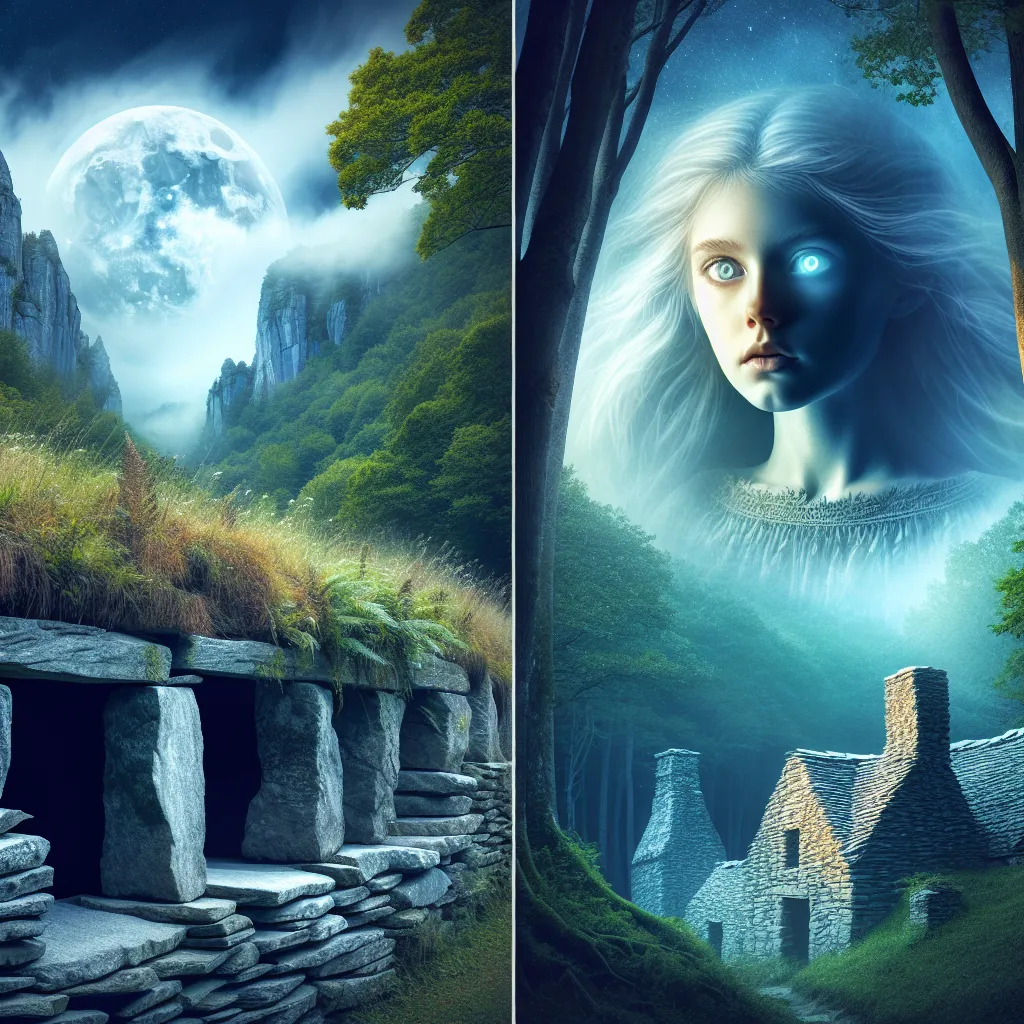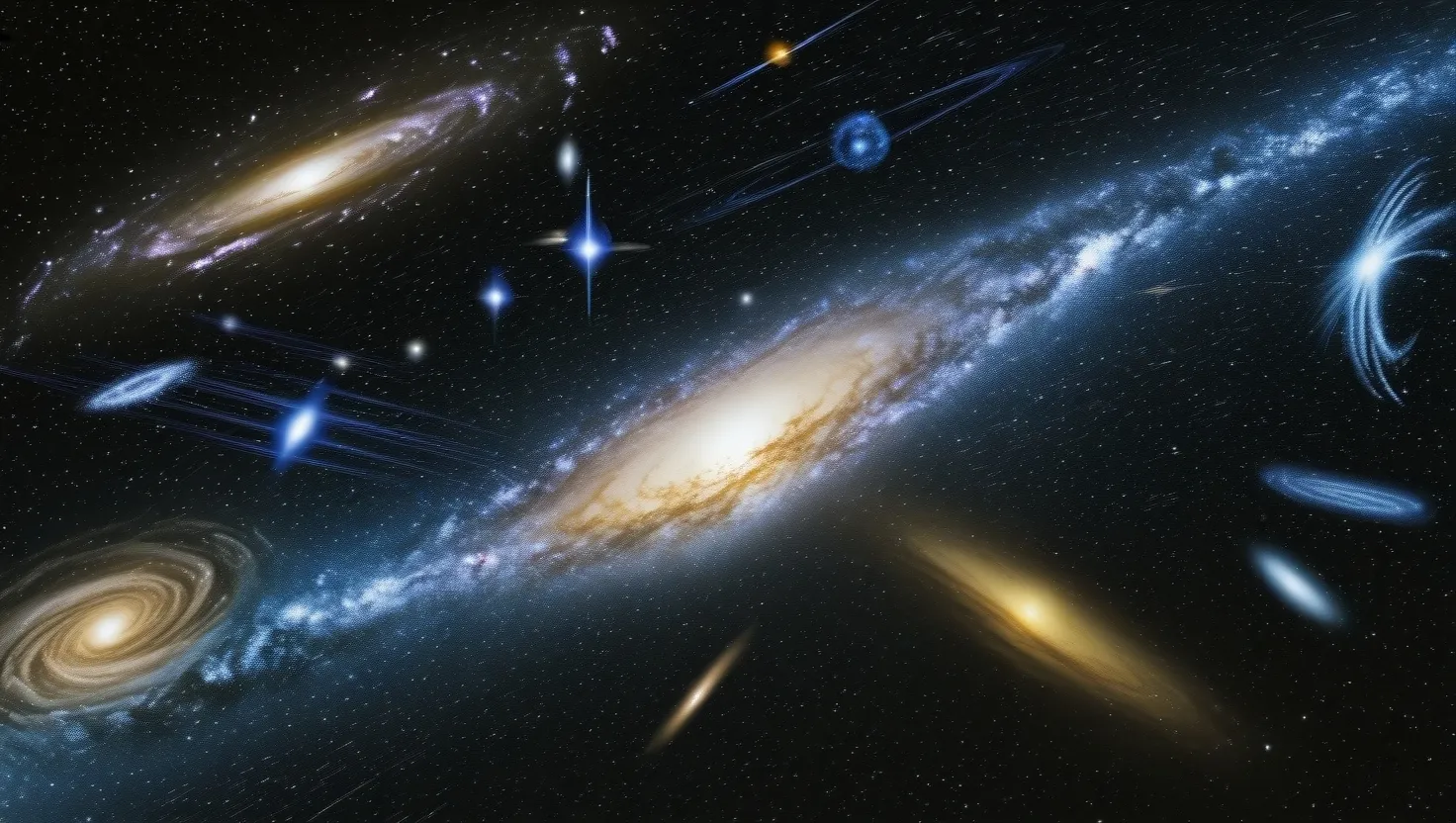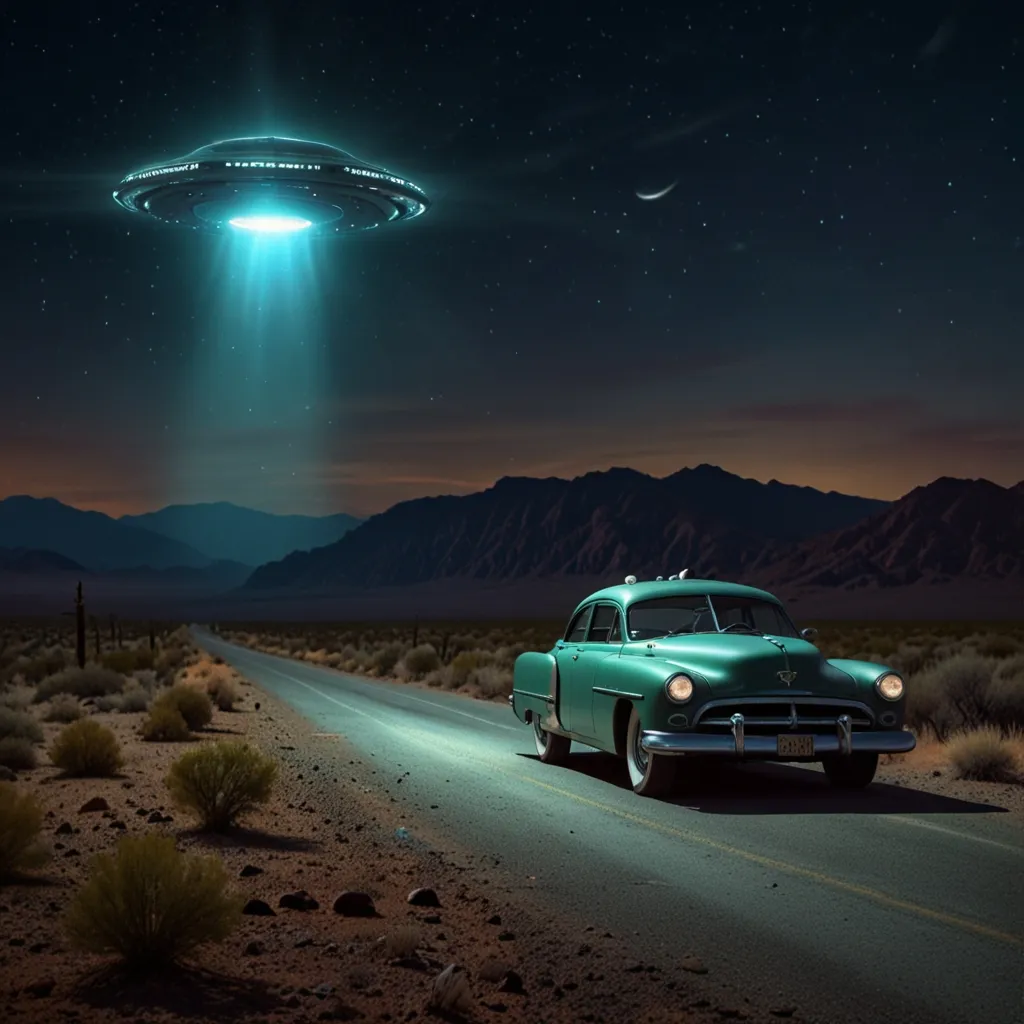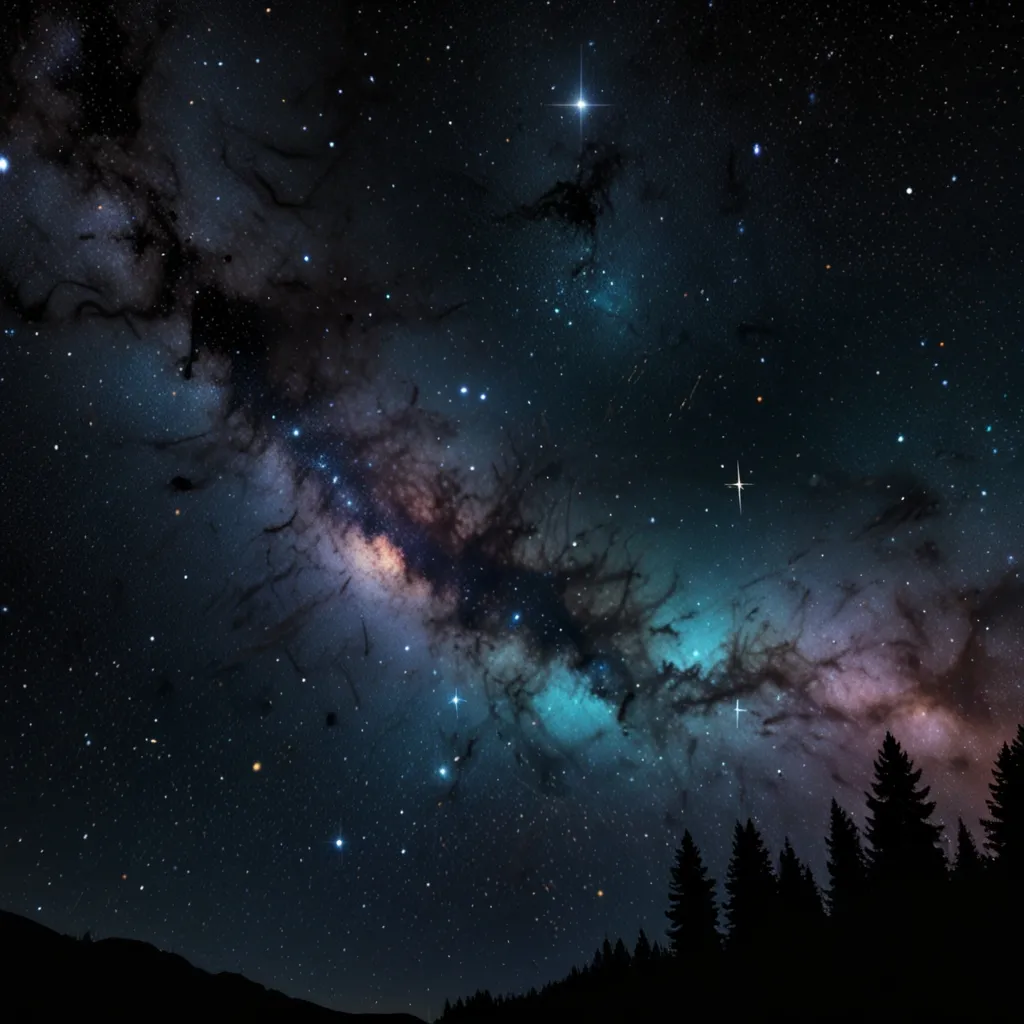Across the Southern Appalachian Mountains, from Georgia to North Carolina, mysterious stone structures have been found. Some go back hundreds, even thousands of years. Who built these? The Cherokee people believe they have the answer. They say a race called the Moon-eyed people built them. These fair-skinned, light-haired, bearded humans with large blue eyes were so sensitive to sunlight that they lived in caves and only came out at night.
The Cherokee claim the Moon-eyed people shared their land but were not Native Americans. This stirs questions—who were these people, and how did they end up here?
Christopher Columbus is often credited with discovering the New World, but there’s debate about who was really first. Norse explorer Leif Erikson settled in Newfoundland around A.D. 1000. Artifacts proving this have been found. There’s also the tale of Saint Brendan, an Irish monk who claimed to have discovered lush new lands, likely the East Coast of Canada, in the 6th century. Yet, none of these settlements lasted due to conflicts with native tribes.
But what if some early settlers did stay? Enter the legend of Prince Madoc of Wales. In the 12th century, after civil wars broke out in Wales, Madoc supposedly sailed west and landed in present-day Alabama. Enthused by what he saw, he returned to Wales for more ships and settlers, setting off again in 1171. After this, his fate remains unknown.
The story resurfaces in 1666 when Welsh minister Morgan Jones, captured by a tribe called the Doeg, was spared because he spoke Welsh—the same language as the Doeg chief! Another sailor, Stedman, stranded between Alabama and Florida, encountered a light-skinned tribe speaking Welsh. These tales filled the Americas, spurring expeditions to find “Welsh Indians.”
Were these “Moon-eyed people” descendants of Prince Madoc’s colonists? Could they be the builders of the stone structures in the Appalachian Mountains? The Fort Mountain stone wall in Georgia, over a thousand feet long, is an intriguing piece of the puzzle. Some say these ruins were for social and religious purposes, while supporters of the Madoc legend argue they were military fortifications.
Historical evidence aligns with this. In 1810, Governor John Sevier wrote about an Indian chief who said the walls were built by “white people called Welsh.” Further backing comes from the discovery of armor with Welsh coats of arms near the Ohio River in the late 1700s.
Legends whisper of battles where the Cherokee and other tribes fought these light-skinned Moon-eyed people, who built forts for protection. An intriguing statue found in North Carolina adds to the mystery. Carved from soapstone, it depicts two humanoid figures with large eyes, hinting at a non-native origin.
Albino traits in several Native American tribes, like the Kuna of Panama, with a high rate of albinism, bring another dimension. Albinism is a genetic condition that results in light skin and eyes, hinting at a possible connection to the Moon-eyed people.
The Piute tribe of Utah spoke of red-haired giants with white skin called the Si-Te-Cah, who also only came out at night. In 1911, a cave was found containing red-haired skeletons over six feet tall. These discoveries blur the lines between legend and history.
But are these finds enough to claim that the Moon-eyed people built these structures? Skeptics say no. When Europeans stumbled upon these ruins, they couldn’t believe local tribes built them, attributing them instead to a mysterious white race. The truth likely combines misunderstood native languages and simple storytelling.
In the end, the mystery of the Moon-eyed people endures. Were they ancient explorers, descendants of Prince Madoc, or another long-lost civilization? The lingering questions make this tale a captivating piece of American folklore.






